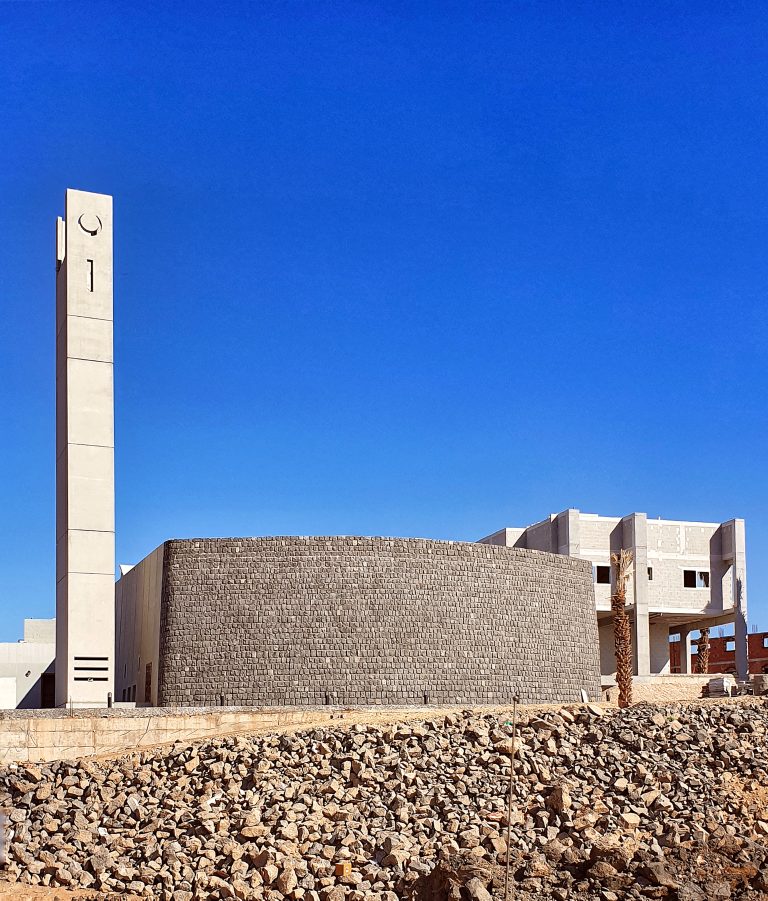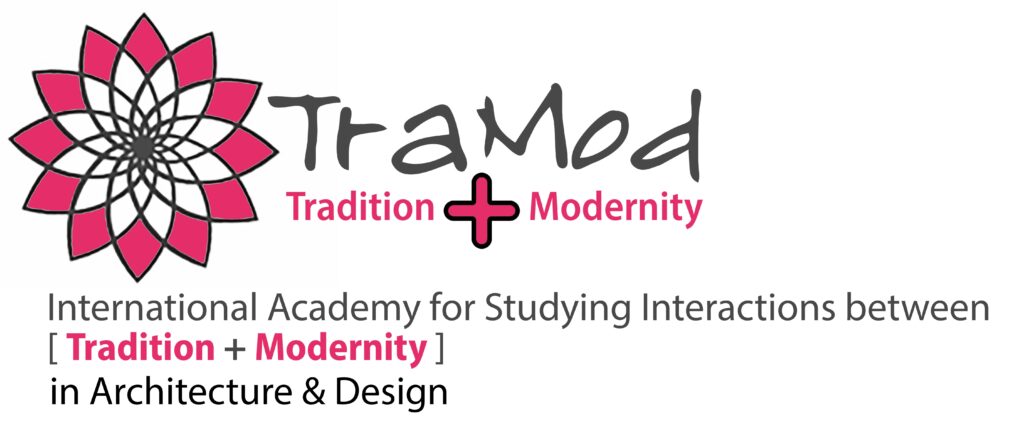TraMod TALKS with Mohammed Ibrahim Shafee
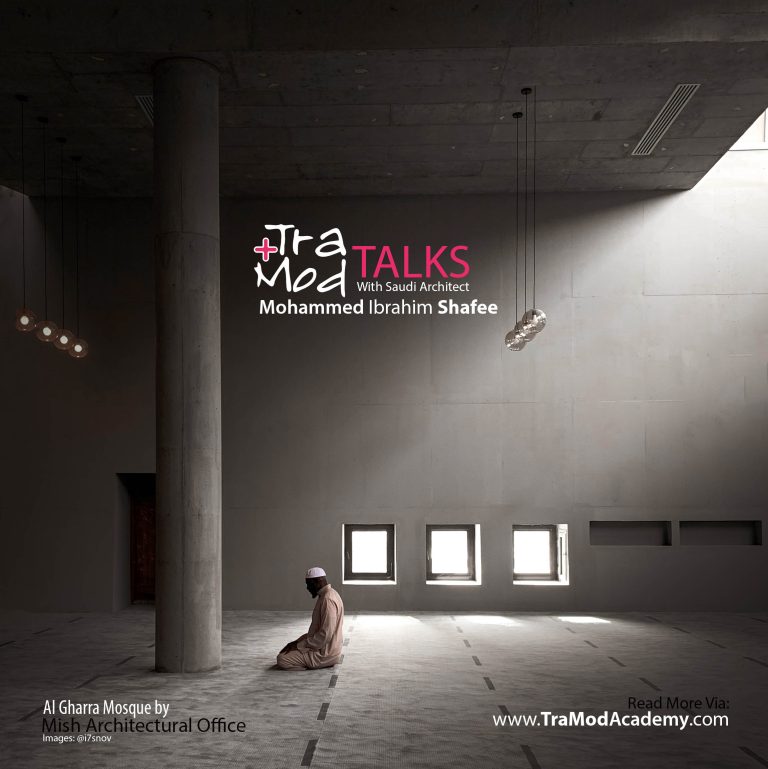
Tradition relies on the past for guidance, while modernity seeks progress and new ways of living, reflecting both the present and future
TraMod TALKS with Saudi Architect Mohammed Ibrahim Shafee
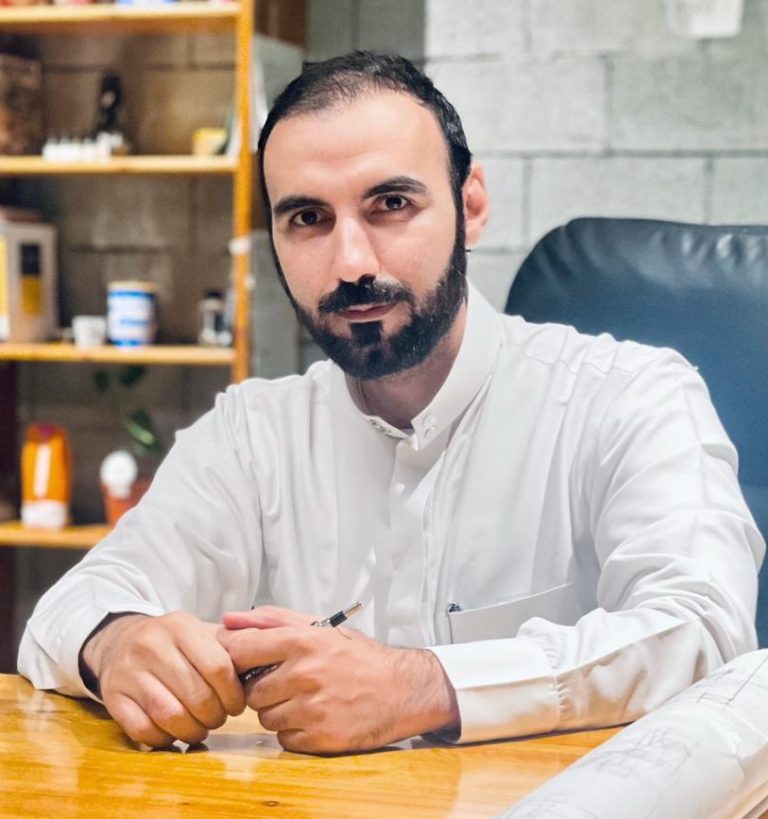
Mohammed Ibrahim Shafee, is a Saudi Architect and Graduated from Saudi Arabia University of Dammam. He is founder Of Mish Architectural Office and lead architect with ten years of experience. Mohammed is Al Madinah Al Monawara and is widely regarded as creativity and conceptual design. With a track record of award-winning designs, he is known for his groundbreaking ideas and exceptional conceptualization skills with his experience in the field. He has honed his craft to a fine art, earning a reputation as a visionary who can bring any project to life. His recent project, Al Gharra Mosque, has been selected as short list project in TraMod AWARDS 2023, professional, architecture, built category
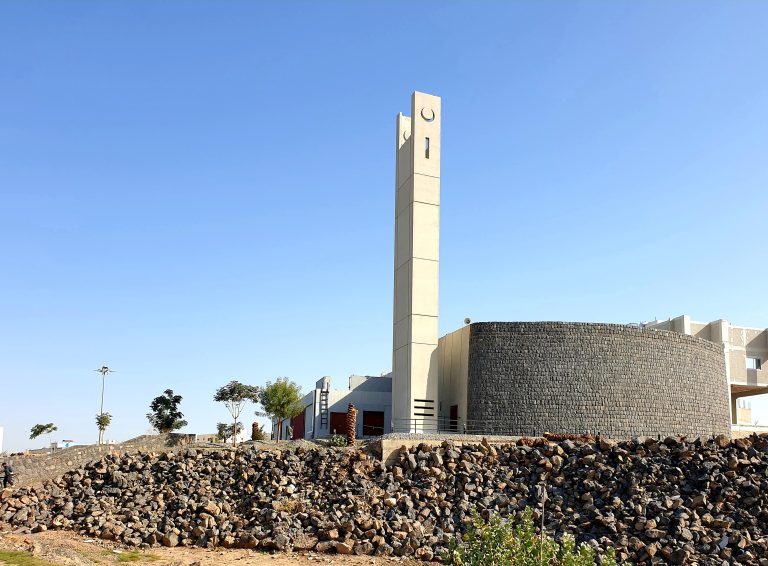
TraMod ACADEMY: How do you see the contemporary architecture of Saudi Arabia? Where is it going on
Mohammed: In the realm of contemporary architecture, Saudi Arabia reflects a fusion of traditional elements with modern innovation, driven by ambitious urban development projects and economic diversification initiatives like Vision 2030. Urban centers such as Riyadh and Jeddah are actively engaged in planning initiatives aimed at fostering sustainable living environments. The integration of technology and sustainability principles is dynamically reshaping the architectural landscape, with Saudi architecture drawing inspiration from Islamic tradition while embracing modernity. Looking ahead, Saudi Arabia is poised to prioritize architectural innovation and urban development, aligning with societal aspirations and fostering economic and cultural growth. In this transformative process, the architecture and design commission holds a pivotal role, guiding and evaluating these endeavors to ensure adherence to standards of design quality, cultural sensitivity, sustainability, and community engagement
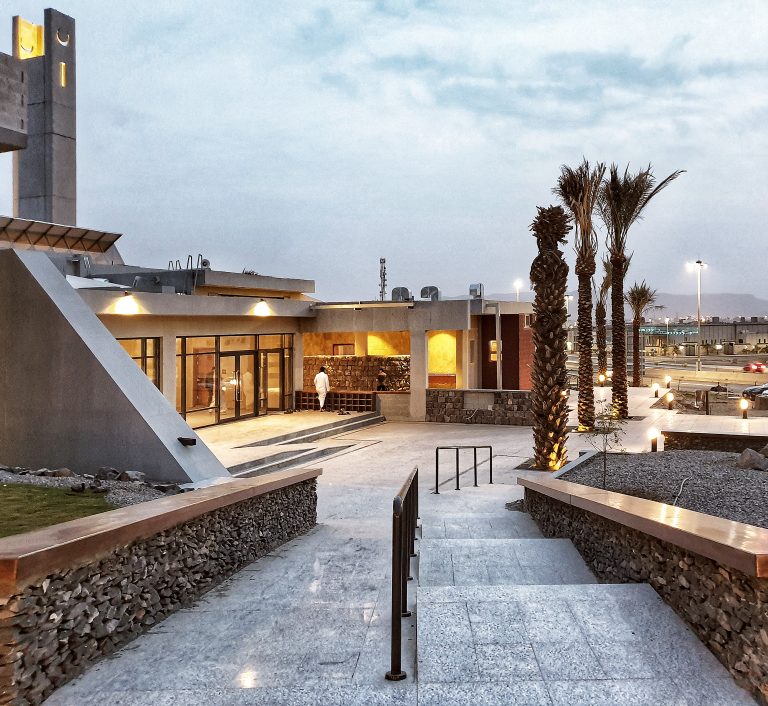
TraMod ACADEMY: What is the meaning of “Tradition” and “Modernity” for you? How do these effect design? And how can they have interaction
Mohammed: Tradition relies on the past for guidance, while modernity seeks progress and new ways of living, reflecting both the present and future. The interaction done by emphasizes the importance of a contextual approach to architecture, integrating tradition and modernity in the designs. I believe in drawing inspiration from local cultural contexts and traditions while embracing contemporary ideas and technologies
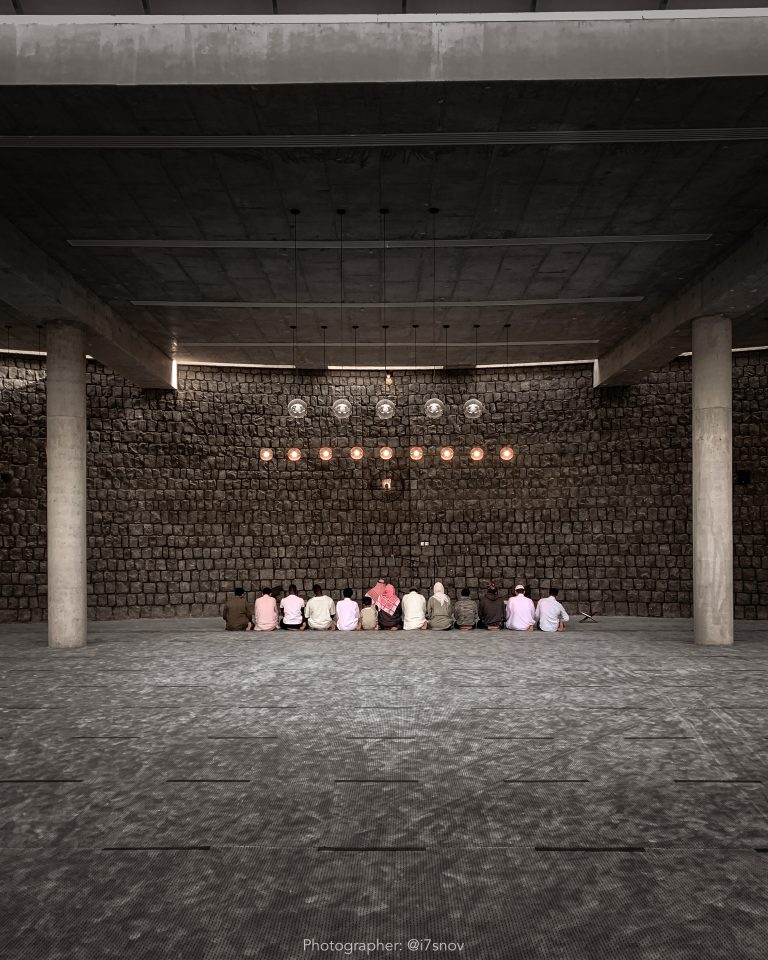
TraMod ACADEMY: According to the speed of the technology, is it needed to know about the “Identity” of a region before a design process starts? How can “Identity” be effective
Moahammed: Technology is a tool to enhance the role of architect and it’s also an important factor that effect the design and built environment. The effectiveness of identity in architecture lies in its ability to create meaningful and resonant built environments that enhance the human experience and contribute positively to society
